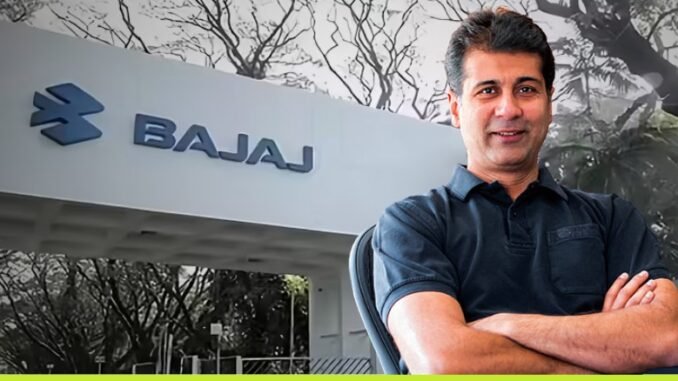
Bajaj Auto has officially postponed the launch of its highly anticipated entry-level Chetak electric scooter, a model poised to compete in India’s mass-market EV segment. The delay stems from a critical supply chain disruption—a global shortage of heavy rare earth magnets following China’s suspension of exports in April. With production of its existing EV lineup cut by half in July, the company is now focused on stabilizing output before introducing new products.
Production Hit Hard by Magnet Shortage
The ripple effects of the magnet shortage hit Bajaj’s operations hard, with EV production dropping by 50% in July. The situation was initially so dire that a complete production halt was feared for August. However, the company has managed to maintain partial output by adapting its motors to use lighter, more available rare earth magnets. This production slowdown was reflected in July’s sales figures, where Bajaj, despite being the second-largest EV maker, saw a 15% month-on-month decline in registrations.
An Industry-Wide Problem
Bajaj is not battling this supply chain challenge alone. Other major players in India’s EV market, including TVS, Ola Electric, and Ather Energy, have also reported potential disruptions. Ather Energy, for instance, has already cautioned its customers about possible delivery delays of up to a week in the second quarter. The shortage highlights a key vulnerability in the global EV supply chain and its direct impact on India’s top manufacturers.
Long-Term Solutions and Future-Proofing
In response to the crisis, Bajaj is actively pursuing a two-pronged strategy to secure its future production. The immediate plan involves increasing the use of light rare earth magnets to keep assembly lines moving. In the long term, the company is investing in the development of next-generation motor technologies that eliminate the need for rare earth magnets entirely. Despite these production hurdles, consumer demand for the current Chetak models remains robust, underscoring the brand’s strong market position as it navigates this critical industry-wide challenge.




